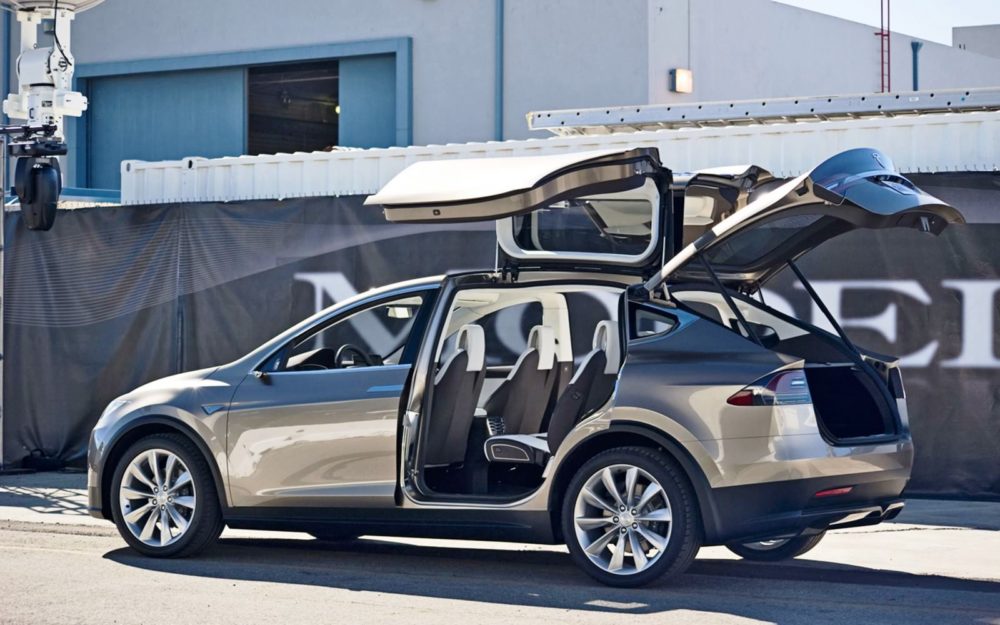Electric 4×4: Off Road Future

Thanks to their positive impact on the environment and unmatched safety features, electric cars are increasingly gaining mainstream prominence – with the advent of Tesla, the already legendary e-car manufacturer, and their Model S which has taken the world by the storm, everybody is talking about electric vehicles as the future of transport. The future which happens now.
Just as much hype-generating Tesla vehicle, Model X, represents an attempt at creating a perfect off road electric car which will appeal to the car fans which love 4×4 power and stability in a sturdy but stylish packaging.
What SUV fans can expect from electric 4 wheel drives is, first of all, a dual motor configuration. The main benefit of two motors is that the second one can be dedicated to maintaining stability and providing power for torque and traction increase. In the case of Model X, this enables the main engine to channel all its power towards performance (for instance, the SUV accelerates from 0 to 60 miles per hour in just below 5 seconds).
Judging by the amount of the press it receives, some would say Tesla is the “alpha and omega” of e-car industry. However, this is not to say they were the first to take the idea of electric SUV’s seriously. As a matter of fact, ever since the beginning of this decade, electric car industry has been working hard to meet the increasing demand for 4×4 accessories and spare parts. In 2010, Liberty Electric Cars created Liberty E-Range, an SUV based on the iconic Range Rover which boasted with 200 miles range and the (then unique) wireless charging capability. E-Range accelerates from 0 to 60 mph in around 7 seconds and it is considered to be among the first fully functional, mass adoption ready electric SUV’s in the world.
When talking about electric off road vehicles, the logical question is: what are some main directions for further development? One thing is for sure – improving traction on difficult surfaces is the most important focus point. Two engine configurations are a big step in the right direction and it is to be hoped that manufacturers will take the hint given to them by the early models. Developing tyres which can rise up to the challenge is a challenge in itself, because there is a number of elements which need to be factored in during the design process, including the usual concerns in producing tyres for electric vehicles, like directional stability and power consumption.
All things considered, we are living in an exciting age for car technology and there is a lot to look forward to in the years to come. As a particularly popular niche, 4×4’s are sure to receive a lot of attention and develop quickly – it can even be argued that this could be the field in which Tesla will face with fiercest competition. It is not a matter of “if”, but a matter of “when” the big, traditional SUV manufacturers will decide to seriously step into the game.
Would you like to receive similar articles by email?





